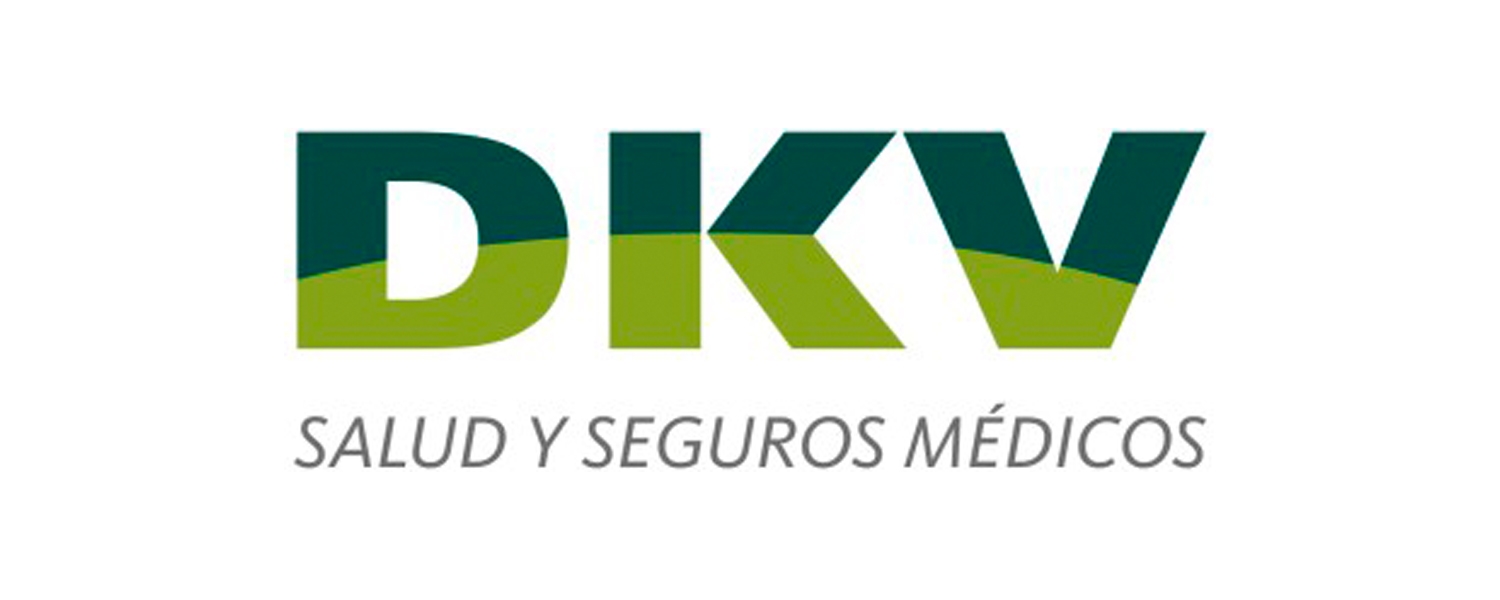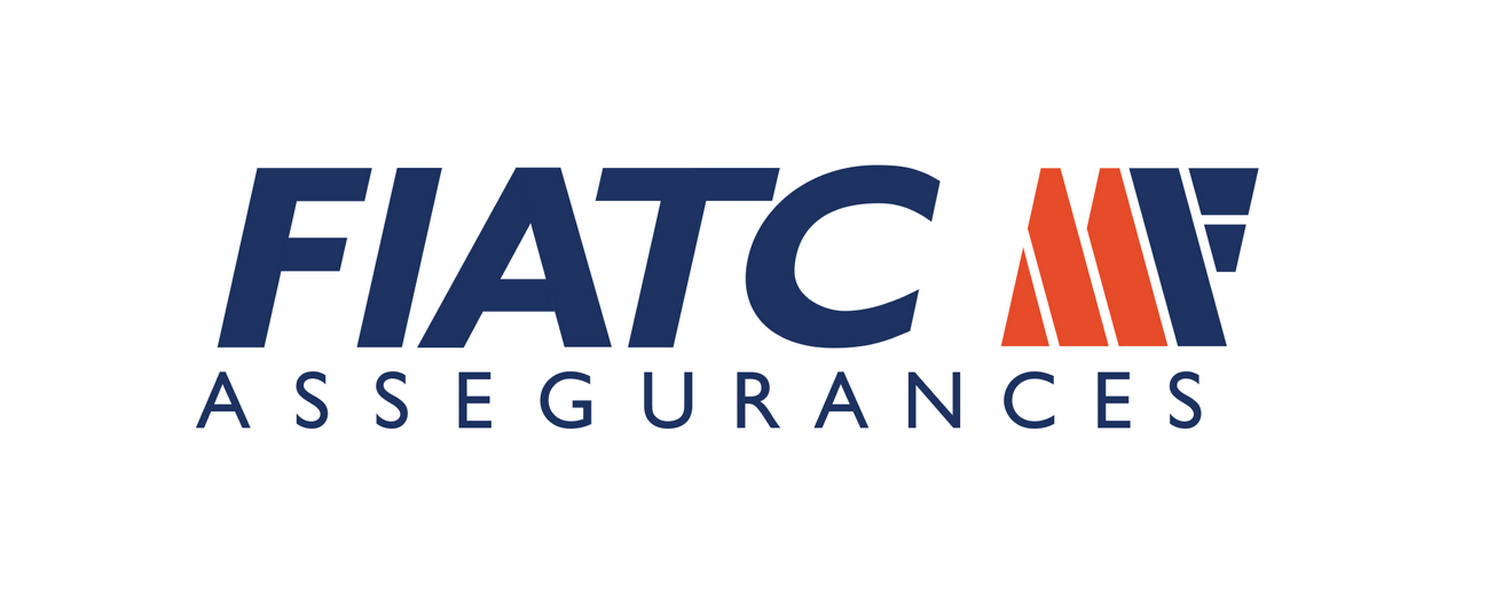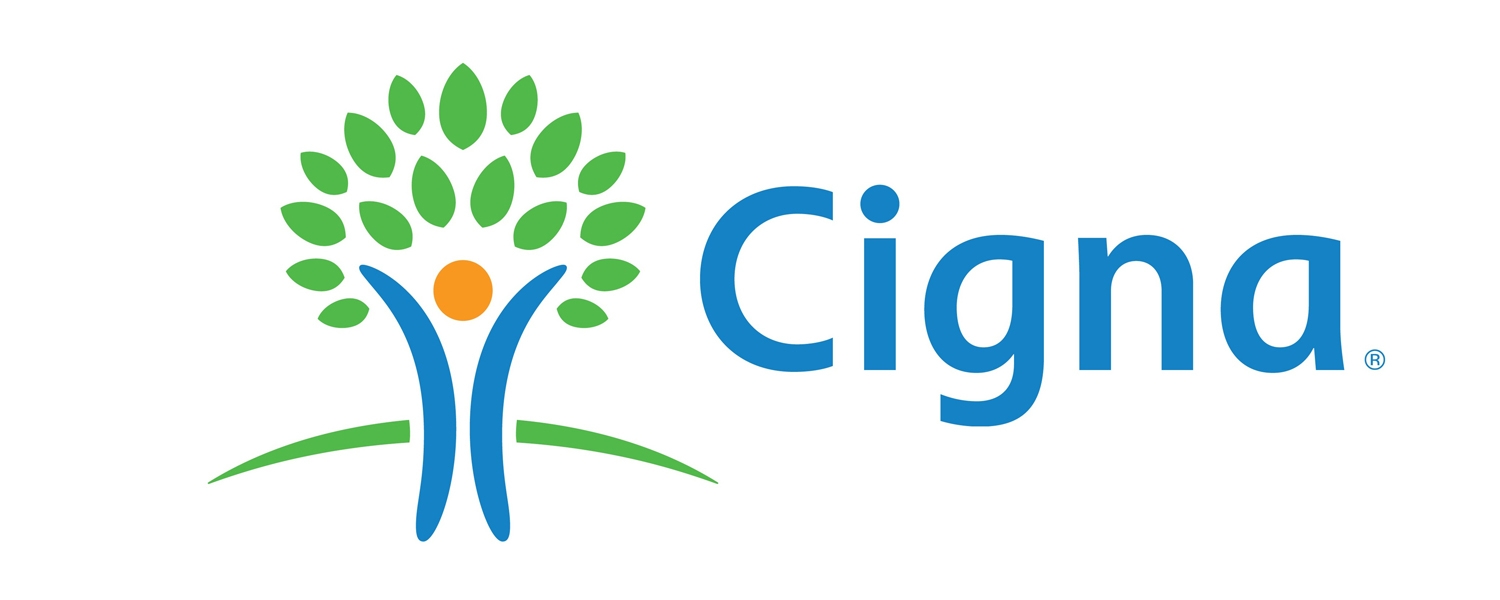Physiotherapy and Osteopathy
PHYSIOTHERAPY
The word Physiotherapy comes from the union of the Greek voices: φύση, which means Nature and θεραπεία, which comes from the verb “στη θεραπεία” and means to heal.
Therefore, from an etymological point of view, physiotherapy or physis-therapeia means “treatment by nature”, or also “treatment by physical agents”. The World Health Organization (WHO) defines physiotherapy in 1958 as: «The art and science of treatment through therapeutic exercise, heat, cold, light, water, massage and electricity. In addition, physiotherapy includes the execution of electrical and manual tests to determine the value of muscle involvement and strength, tests to determine functional capacities, range of joint movement and measures of vital capacity, as well as diagnostic aids for the control of the evolution”.
Relationship that the physiotherapist, as a health professional, establishes with the healthy and sick society in order to prevent, cure and recover through the performance and techniques of physiotherapy. The physiotherapist must establish a prior and personalized assessment for each patient based on the medical diagnosis, which will consist of a functional evaluation system and a physiotherapy medical record and history system, based on which, will set therapeutic objectives and consequently He will design a therapeutic plan using his own and exclusive physical agents for his discipline. Without any doubt, the main tool of the physiotherapist is the hand and consequently, manual therapy.
A) Yes:
Massage therapy: application of different massage modalities, such as therapeutic massage, therapeutic manual lymphatic drainage, deep transverse massage, cryo-massage, sports massage, myofascial induction and release, neuro-muscular manual techniques, myotensive, connective tissue massage, reflex massage, periosteal massage, etc.
Kinesitherapy, or movement therapy.
Joint manipulative physiotherapy.
Global postural re-education and analytical and / or global manual kinesic methods of assessment and treatment, enhancement, stretching and rebalancing of musculoskeletal function.
Joint, neuro-meningeal, fascial and visceral mobilizations.
Manual methods of reeducation of postural tone, synergies and pathological neuro-motor patterns in the case of neurological physiotherapy.
Manual methods of airway clearance, rebalancing of ventilatory parameters, and re-education to effort in the case of respiratory physiotherapy.
Hypopressive myasthenic gymnastics and other analytical and / or global methods for the reeducation of uro-gynecological pelvic dysfunctions in the field of obstetric physiotherapy.
Functional bandage and kinesio-taping.
But it is also helped by other physical agents:
Electrotherapy: Application of electrical currents.
Ultrasonotherapy: Application of ultrasound.
Hydrotherapy: Water therapy.
Thermotherapy: Heat therapy.
Mechanotherapy: Application of mechanical devices to therapy.
Radiations: Except ionizing radiation.
Magnetotherapy: Therapy using electromagnetic fields.
Cryotherapy: Cold therapy.
Laser-therapy.
Vibre-therapy.
Pressotherapy.
Radial shock wave therapy.
More biological comments.
Other physical agents applied to therapy.
OSTEOPATHY
Osteopathy is based on the certainty that all the body’s systems work together, are related and, therefore, disorders in one system can affect the functioning of the others. It is, therefore, a holistic practice. The treatment, which is manual, is called osteopathic manipulation, and consists of a set of practical techniques aimed at relieving pain, restoring function, and promoting health and well-being. It uses a large number of techniques (high speed, short amplitude impulses, functional techniques, inhibitions, etc.) to regain harmony and balance.
According to its principles, by manipulating the musculoskeletal system, conditions of vital organs or diseases can be cured, since this manipulation would help to revitalize the blood supply or restore the degree of normal mobility to the damaged joint and therefore to healing of the patient.
Osteopathy, depending on the structure of the body where it is applied, uses different techniques:
Structural techniques: aimed at restoring the musculoskeletal apparatus and posture, with special attention to the spine and treating trauma.
Cranio-sacral techniques: aimed at cranial and sacral problems and the central nervous system.
Visceral techniques: focused on the healing of organs and viscera. Function is improved by manipulation to achieve better blood flow.
Fascial techniques: they achieve the harmonization of the connective tissue through very gentle techniques that try to harmonize these tissues.

Online appointment
The way to make the process of requesting an appointment time more agile and faster is through our website, where you can request your appointment with your specialist doctor from home, with the convenience that this service entails. You will be able to see the available hours of the doctors to be able to choose the one that best suits your needs and schedules. However, you have the possibility to change, modify or cancel the appointment.
The mutuals with whom we work





























